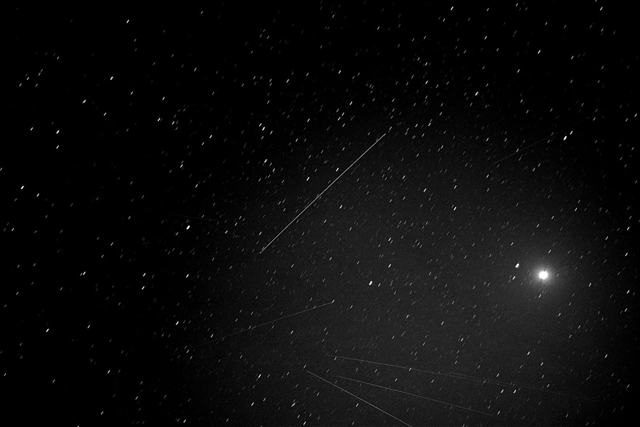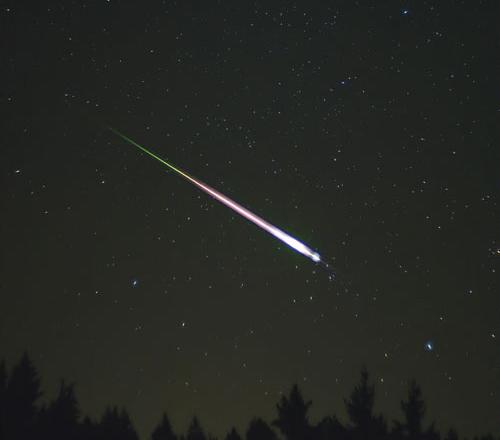You are here
Meteor showers expected during early hours of Friday
By Rayya Al Muheisen - Apr 20,2022 - Last updated at Apr 20,2022

Representative image (Photo courtesy of unsplash.com/Prokhor Minin)
AMMAN — The Kingdom is set to witness meteor showers during the early hours of Friday with 20-100 meteors potentially showering the night sky per hour, producing some colourful and fiery streaks, according to the Observatory of Wadi Rum, Um Al Dami, cited by the Jordan News Agency, Petra.
Astronomer Imad Mujahid from the observatory, said that during dawn hours on Friday, meteor showers are expected according to previous astronomical observations, the Jordan News Agency, Petra, reported.
Mujahid added that Comet Thatcher is the source of the meteor showers, as when comets travel around the sun, the dust they emit gradually spreads into a dusty trail around their orbits.
April 22 of every year the Earth passes through these debris trails, which allow the bits to collide with Earth’s atmosphere where they disintegrate to create fiery and colourful streaks in the sky, which is also called Lyra, according to Petra.
Meteors, which are also called shooting stars, are microscopic earth atoms that float in space, said Mujahid.
Mujahid pointed out that meteors are expected to crash into Earth’s atmosphere at a speed of 49 kilometres per second. As a result of this high speed, the Earth’s atoms are trapped in the Earth’s gaseous atmosphere, resulting in high heat generation, which glows and appears in the form of fiery and colourful streaks in the sky for a while and then disappears.
However, meteors begin to burn at an altitude of 120 kilometres above the Earth’s surface and then burn and turn into ash at an altitude of 60 kilometres, according to Mujahid.
Therefore, meteors will not reach the surface of Earth at all, Mujahid said, noting that if any meteors reached the surface they will be in the form of very small atoms.
Related Articles
AMMAN — Jordan’s sky will witness the peak of the Geminids meteor shower on the evening of Thursday, extending into Friday, according to the
AMMAN — Astronomer Imad Mujahid, a member of the Royal Astronomical Society and the Arab Union for Astronomy and Space Sciences (AUASS), has
Suspicions that shooting stars come from comet dust, transformed into fiery streaks as they hit Earth’s atmosphere, have been bolstered by Europe’s Rosetta space mission, scientists reported Monday.














